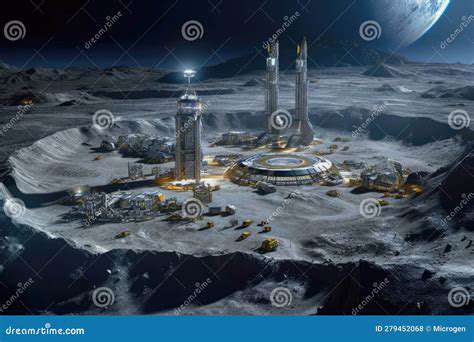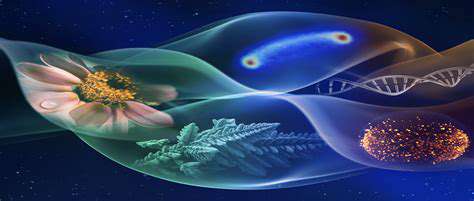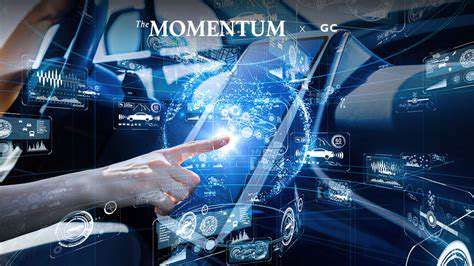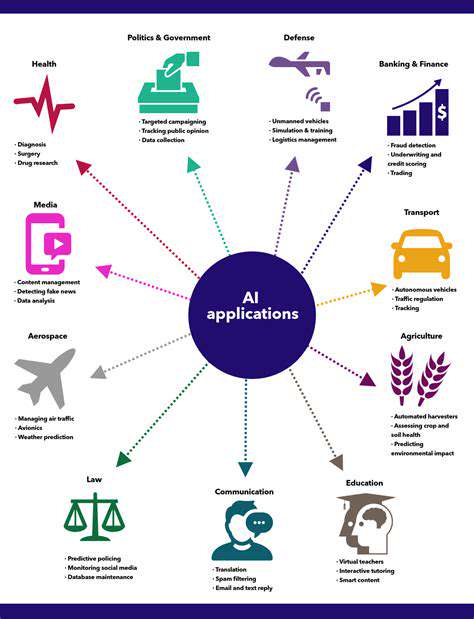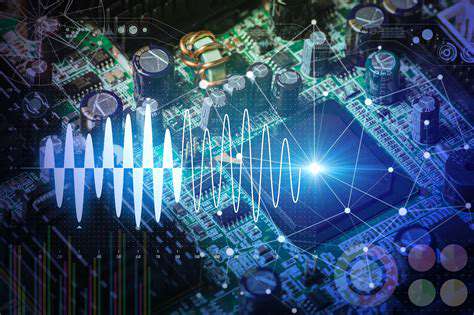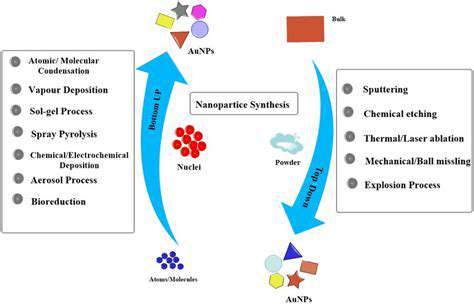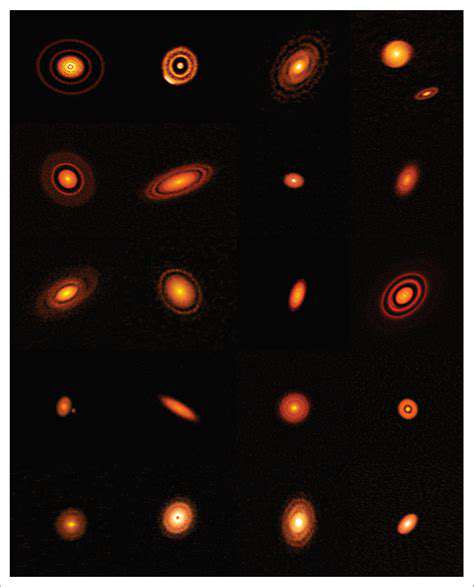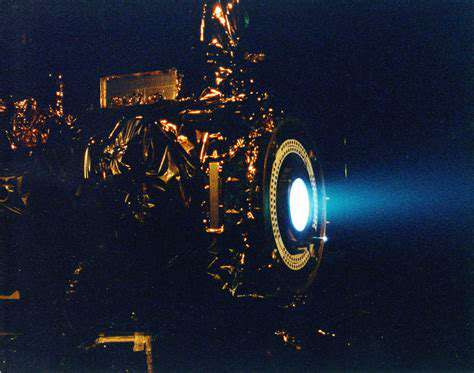
The Physics Behind Ion Drive Technology
Modern spacecraft propulsion has undergone a paradigm shift with the advent of ion drive systems. Unlike conventional chemical rockets that rely on explosive combustion, these advanced systems utilize electromagnetic principles to achieve unprecedented efficiency. The process begins with the careful ionization of noble gases - typically xenon due to its ideal atomic properties - which are then subjected to precisely calibrated electromagnetic fields.
What makes this technology truly revolutionary is its ability to maintain continuous thrust for months or even years, a feat impossible with traditional propulsion methods. While the instantaneous thrust appears minuscule compared to chemical rockets, the cumulative effect over time results in remarkable velocity changes. This characteristic makes ion propulsion particularly valuable for missions requiring precise trajectory adjustments over extended periods.
Core Components and Their Synergy
The engineering behind ion thrusters represents a marvel of modern aerospace technology. At its heart lies three critical subsystems working in perfect harmony:
- The propellant management system carefully meters xenon gas flow
- The ionization chamber strips electrons from atoms using radio frequency energy
- The acceleration grid system propels ions at velocities exceeding 30 km/s
This elegant design achieves specific impulse values 5-10 times greater than conventional rockets, fundamentally changing how we approach deep space mission planning. The system's modular nature allows for scalability across different mission profiles, from small satellites to interplanetary probes.
Operational Advantages in Real-World Scenarios
The implementation of ion propulsion has demonstrated several game-changing benefits:
- Extended mission durations enabled by 90% propellant mass reduction
- Precision maneuvering capabilities for orbital station-keeping
- Gradual acceleration profiles ideal for delicate scientific payloads
NASA's Dawn mission spectacularly validated these advantages, becoming the first spacecraft to orbit two celestial bodies (Vesta and Ceres) in a single mission. This achievement would have been impossible with conventional propulsion systems due to fuel requirements.
Current Limitations and Engineering Solutions
While ion propulsion offers numerous benefits, engineers continue to address several challenges:
| Challenge | Current Solution | Future Direction |
|---|---|---|
| Low thrust density | Cluster configurations | High-power variants |
| Grid erosion | Advanced materials | Gridless designs |
| Power requirements | Solar array optimization | Nuclear power coupling |
The development of hybrid systems combining chemical and electric propulsion shows particular promise for missions requiring both high initial thrust and sustained efficiency.
Pioneering Applications Beyond Theoretical Models
Ion propulsion has moved from laboratory curiosity to operational reality in several groundbreaking missions:
- Boeing's 702SP satellite platform using Xenon Ion Propulsion System (XIPS)
- ESA's GOCE gravity-mapping mission with continuous thrust compensation
- NASA's Deep Space 1 technology demonstrator
These missions have collectively logged over 100,000 operational hours in space, providing invaluable data for future system improvements. Commercial applications are particularly promising for station-keeping in geostationary orbit, where fuel efficiency translates directly to extended satellite lifespans.
The Next Frontier in Propulsion Technology
Emerging developments suggest several exciting directions for ion propulsion:
- High-power systems (50-100 kW) for crewed missions
- Alternative propellants like iodine for reduced complexity
- Miniaturized versions for CubeSat applications
NASA's NEXT-C engine represents the current state-of-the-art, demonstrating 236 mN thrust at 7 kW - a significant improvement over previous generations. Private sector investment is accelerating development timelines, with companies like Busek and Aerojet Rocketdyne pursuing innovative configurations.
As we look toward distributed computing architectures enabling more sophisticated spacecraft autonomy, collaborative engineering platforms are proving essential for solving complex propulsion challenges. The synergy between advanced computing and propulsion engineering is creating unprecedented mission capabilities that were unimaginable just a decade ago.
Hall Effect Thrusters: The Silent Workhorses of Modern Spacecraft
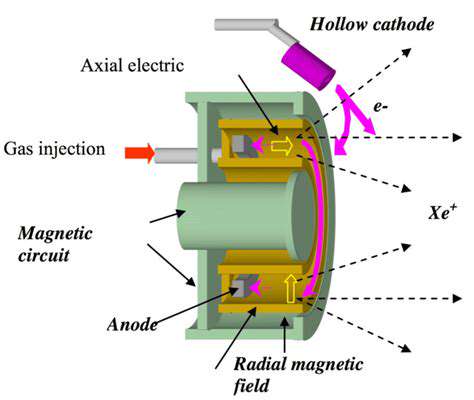
Fundamental Operating Principles
Hall effect thrusters (HETs) employ a clever manipulation of plasma physics to achieve efficient propulsion. The system creates a closed electron drift within a magnetic field, while ions accelerate through this region to generate thrust. This configuration eliminates the need for physical grids, significantly reducing wear components compared to traditional ion thrusters.
The absence of grid erosion makes HETs particularly attractive for long-duration missions, with some flight units demonstrating operational lifetimes exceeding 10,000 hours. Russian spacecraft have notably leveraged this technology since the 1970s, amassing an impressive track record of reliability.
Comparative Advantages in Space Applications
When evaluating propulsion options, mission planners consider several key HET benefits:
- Higher thrust density compared to gridded ion engines
- Simpler power processing unit requirements
- Proven scalability from 100W to 50kW systems
These characteristics have made HETs the propulsion of choice for numerous Earth-orbiting satellites, particularly in the increasingly competitive geostationary communications market where station-keeping efficiency directly impacts profitability.
Overcoming Technical Hurdles
Recent advancements have addressed historical limitations of HET technology:
| Historical Issue | Modern Solution | Impact |
|---|---|---|
| Plasma oscillations | Magnetic field shaping | Stable operation |
| Erosion channels | Ceramic coatings | Extended lifetime |
| Power handling | Modular designs | Scalability |
Ongoing materials science research continues to push performance boundaries, with some laboratory prototypes achieving specific impulses over 3000 seconds.
Diverse Mission Profiles
The versatility of HET technology enables applications across multiple spacecraft classes:
- Northrop Grumman's GEOStar satellites
- SpaceX's Starlink constellation
- Lunar Gateway propulsion elements
This broad adoption speaks to the technology's maturity and reliability, with over 500 units currently operational in space. The European Space Agency's SMART-1 lunar mission particularly demonstrated HET capabilities for interplanetary travel.
Emerging Innovations and Research Directions
The HET development pipeline includes several promising avenues:
- Magnetic shielding techniques for lifetime extension
- Alternative propellants like bismuth
- Additive manufacturing for complex geometries
NASA's HERMeS project and ESA's HET developments for the Lunar Gateway highlight the technology's growing role in crewed space exploration. These high-power systems (12-50 kW) represent the next evolutionary step, potentially enabling faster transits to Mars and other deep space destinations.

